1. AI-Powered Pet Translators Are Bridging the Human-Animal Gap
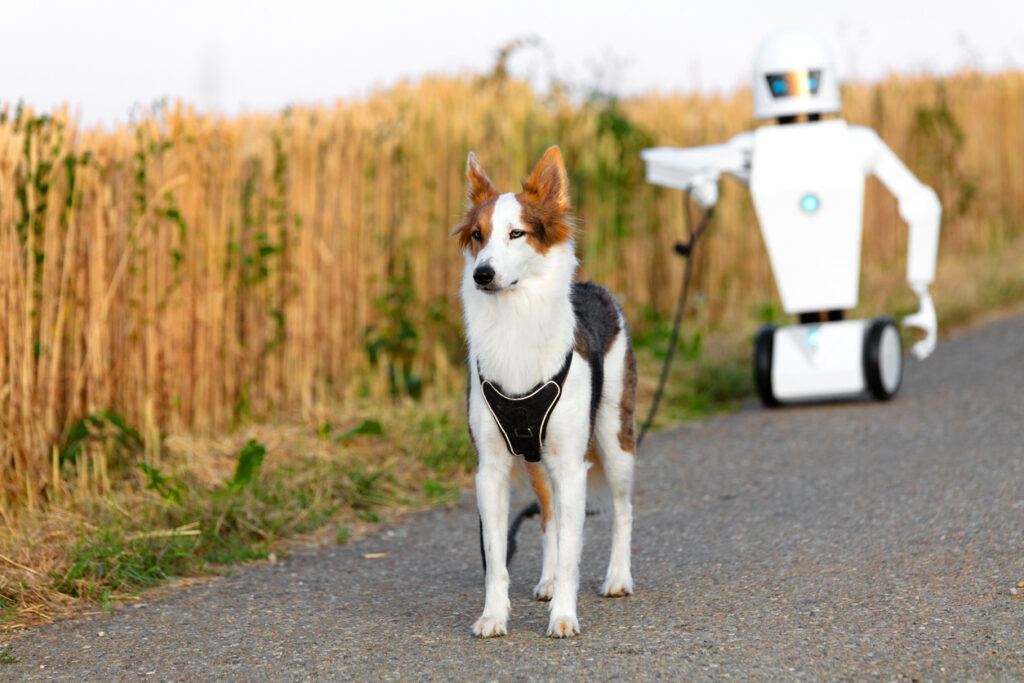
For years, we’ve all wished we could understand what our pets are trying to tell us. Well, that dream is slowly turning into reality. AI-driven pet translation apps and devices are learning how to decode barks, meows, and even subtle tail wags. By analyzing thousands of recorded sounds and behaviors, these tools can give pet parents a clearer idea of what their furry friends want or how they’re feeling.
The real game-changer here is not just in-home convenience but its potential for veterinary care. Imagine a world where pets can “tell” their vets about pain or discomfort, reducing misdiagnoses and unnecessary stress. As AI models improve, these translators could become a standard part of pet ownership, deepening the human-animal bond in ways we’ve only dreamed of.
2. Smart Collars Are Making Pet Parenting Easier Than Ever
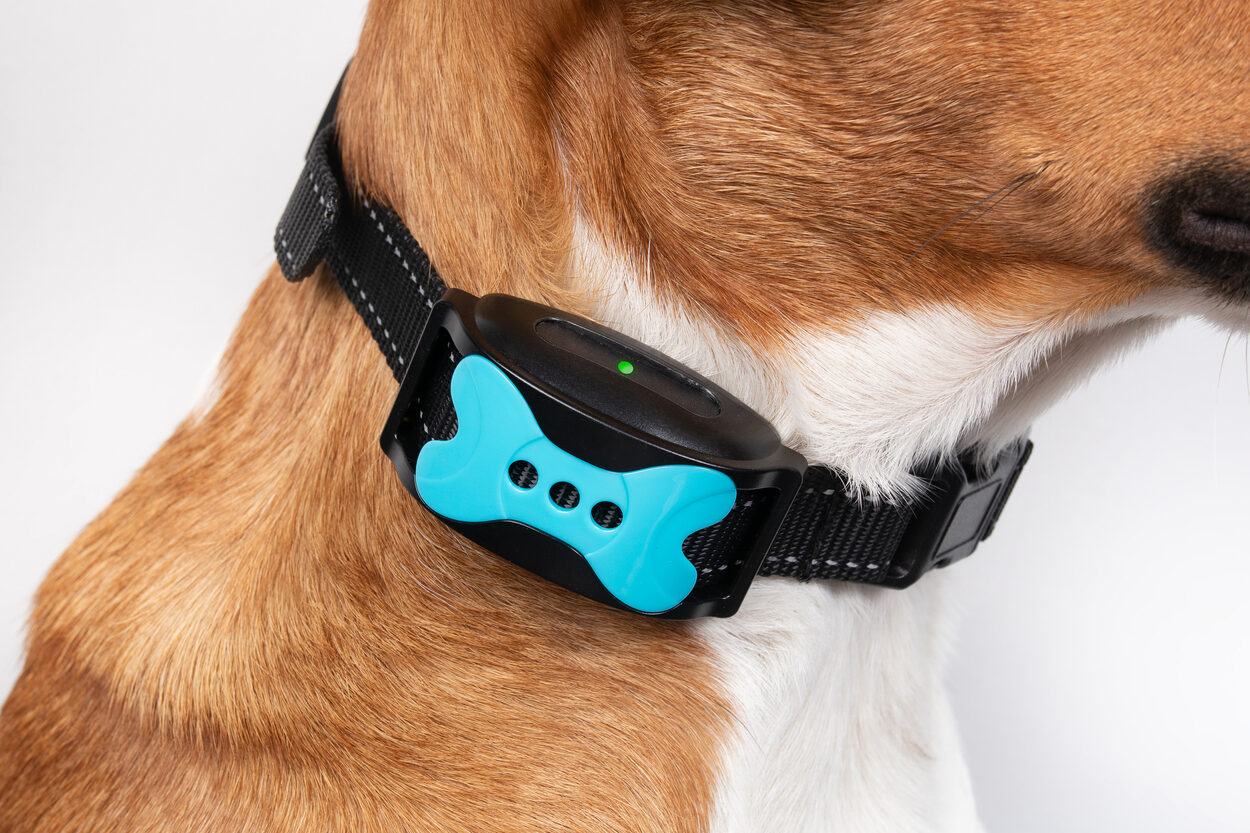
We track our steps, heart rates, and sleep patterns—so why shouldn’t our pets have the same technology? Enter smart collars, the all-in-one wearable tech for animals. These collars do way more than just track location. They monitor a pet’s heart rate, activity levels, and even emotional state, alerting owners to potential health issues before they become serious problems.
But the biggest innovation in smart collars is their role in training and safety. Some come with built-in virtual fences, preventing pets from wandering too far. Others use AI to analyze barking patterns, helping owners understand when their dog is feeling anxious, bored, or even threatened. In the long run, this tech isn’t just about convenience—it’s about giving pets longer, healthier, and happier lives.
3. Lab-Grown Pet Food Is Revolutionizing How We Feed Our Furry Friends
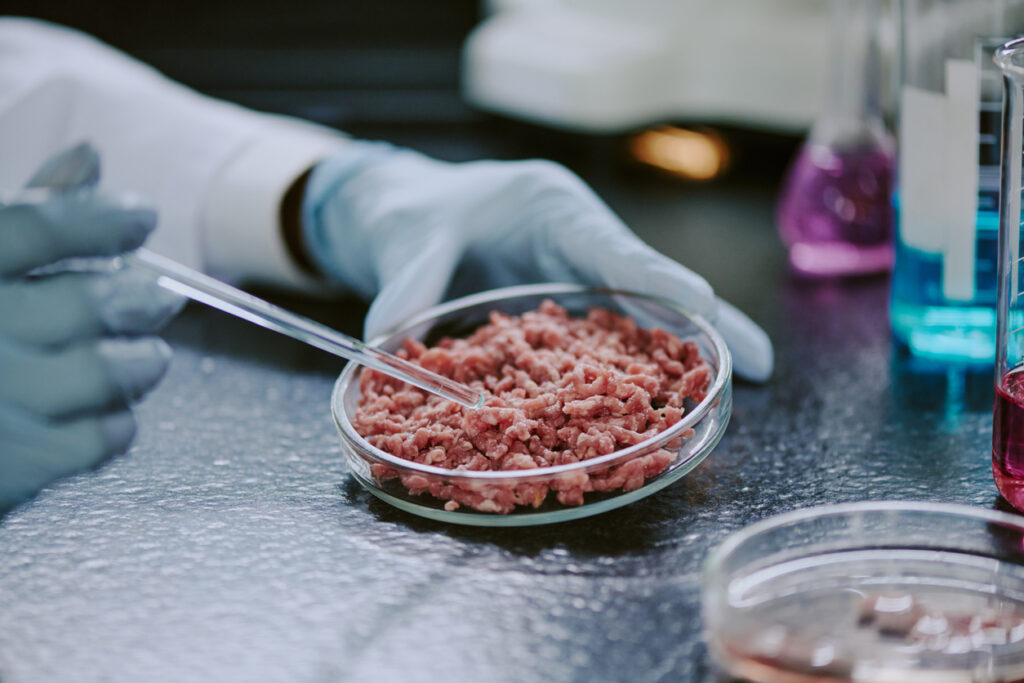
The pet food industry is undergoing a radical shift, and it’s all thanks to lab-grown meat. Traditional pet food production is a sustainability nightmare, contributing to deforestation, greenhouse gas emissions, and overfishing. Cultivated meat—grown from animal cells without harming any animals—is poised to change all that.
This isn’t some far-off future concept; companies are already producing lab-grown chicken, beef, and even fish for pet consumption. The benefits are massive: no factory farming, a lower carbon footprint, and a cruelty-free protein source that’s nutritionally identical to conventional meat. If this trend takes off, it could redefine what ethical and sustainable pet care looks like.
4. DNA Testing for Pets Is Unlocking Health Secrets
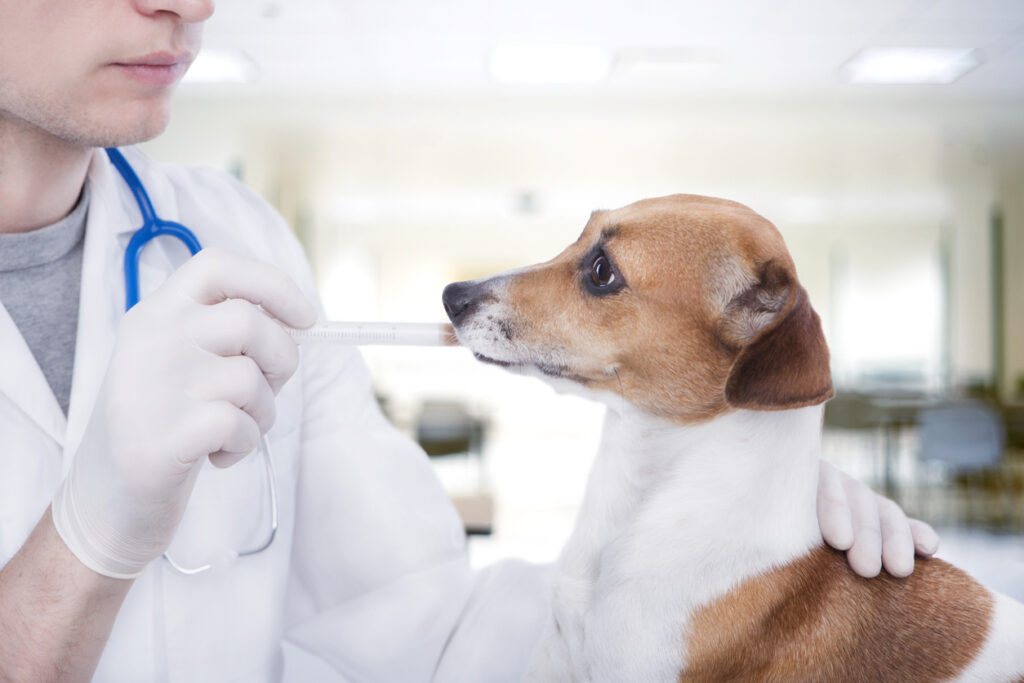
We’re in the age of genetic testing, and it’s not just for humans. Pet DNA kits are giving owners insights into their furry friends like never before. These tests can reveal a pet’s breed makeup, potential health risks, and even inherited behaviors. For mixed-breed dogs and rescue pets, this information can be life-changing.
But it goes beyond just curiosity. Vets are using pet DNA data to personalize treatment plans, identifying breed-specific conditions before they become major issues. In conservation, genetic testing is helping scientists track endangered species, ensuring better breeding programs and stronger biodiversity protections. What was once just a fun way to learn more about your pet is now a powerful tool in veterinary medicine and wildlife preservation.
5. Robotic Pets Are Becoming Surprisingly Lifelike Companions
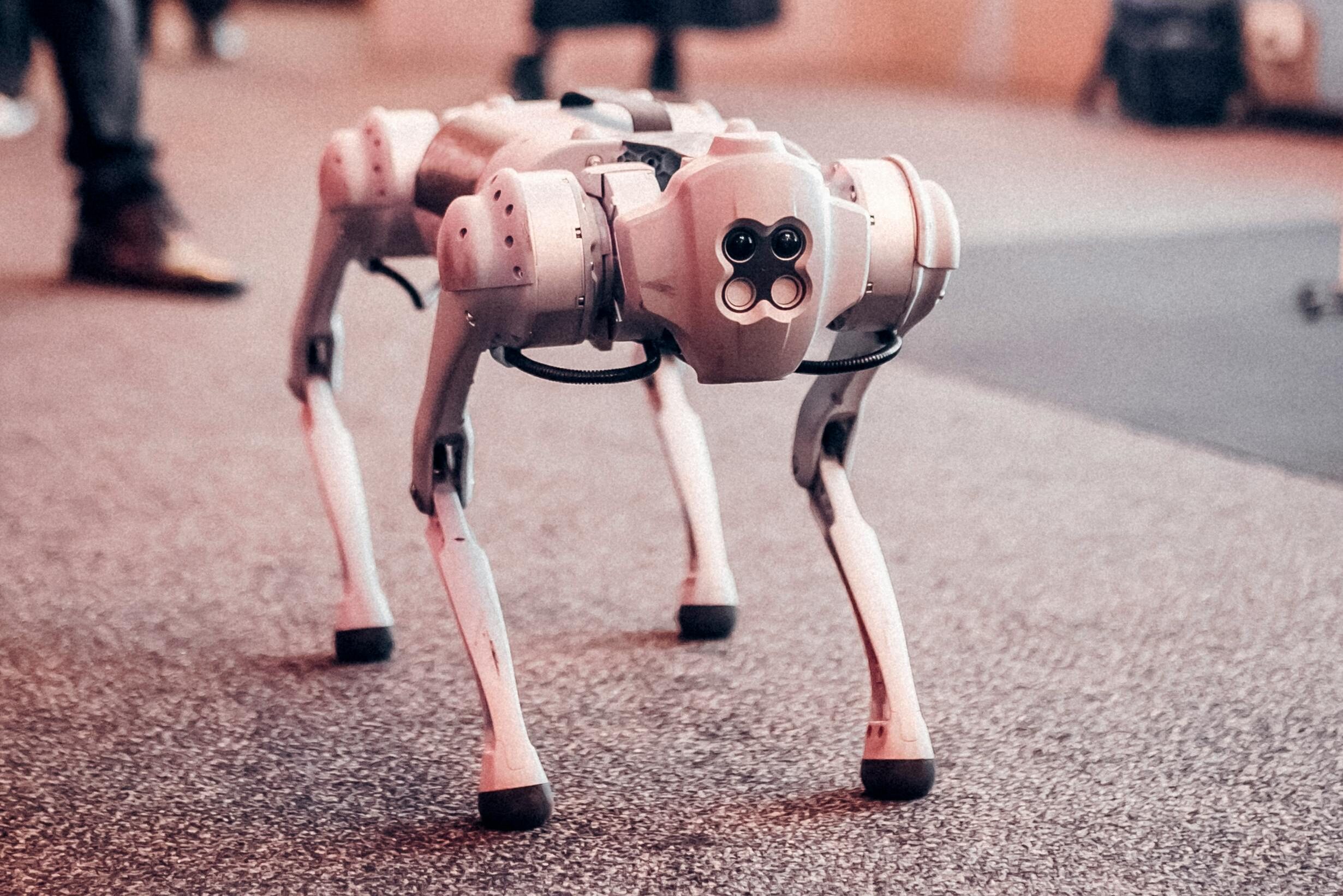
It might sound like science fiction, but robotic pets are more real than ever—and they’re filling an important role in companionship and therapy. These high-tech companions are designed to mimic real animal behaviors, from responding to touch to making lifelike sounds. And while they’ll never replace real pets, they’re proving to be an incredible alternative for people who can’t have live animals due to allergies, disabilities, or housing restrictions.
Beyond companionship, robotic pets are being used in therapy for seniors, children with autism, and even individuals with PTSD. They offer emotional support without the challenges of feeding, cleaning, or medical care. As AI advances, these robotic animals could become even more responsive, offering a level of emotional connection that was once thought impossible.
6. 3D-Printed Prosthetics Are Giving Injured Animals a Second Chance
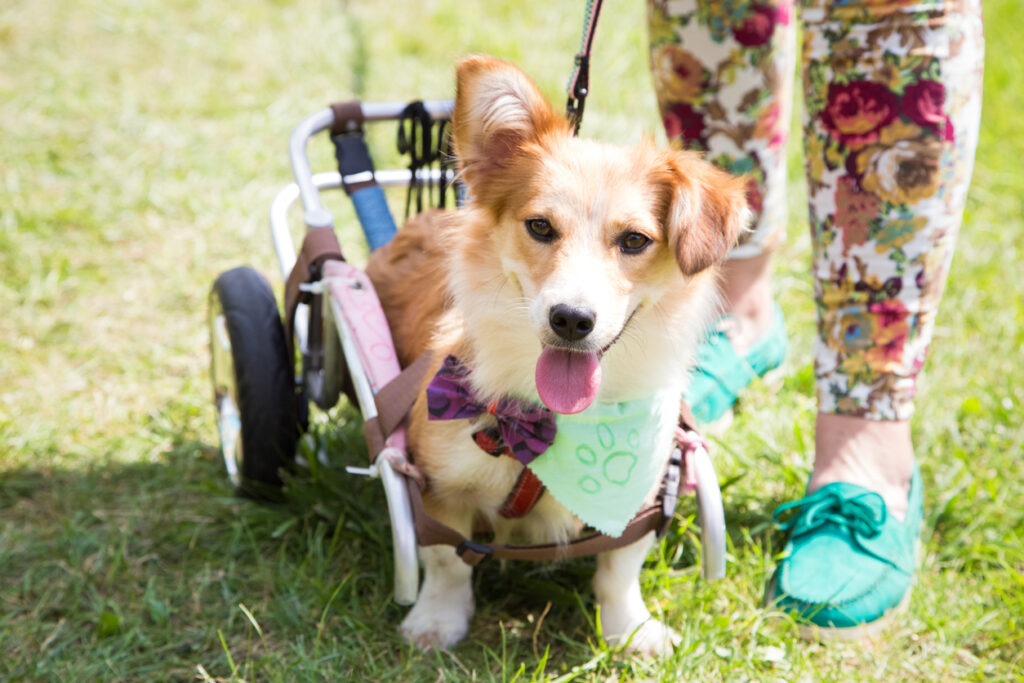
Animals with missing limbs or physical disabilities used to have very few options. But thanks to 3D printing, custom prosthetics are changing lives in ways we never imagined. From dogs with missing legs to sea turtles with damaged shells, this technology is giving animals a second shot at a normal, active life.
What makes 3D-printed prosthetics so game-changing is their affordability and accessibility. Traditional prosthetics were expensive and often had to be custom-made through lengthy processes. Now, with advanced scanning technology, a perfectly fitted prosthetic can be designed and printed in a fraction of the time. This innovation isn’t just improving pet care—it’s making wildlife rescue and rehabilitation far more effective.
7. Biodegradable Pet Products Are Reducing Our Environmental Pawprint
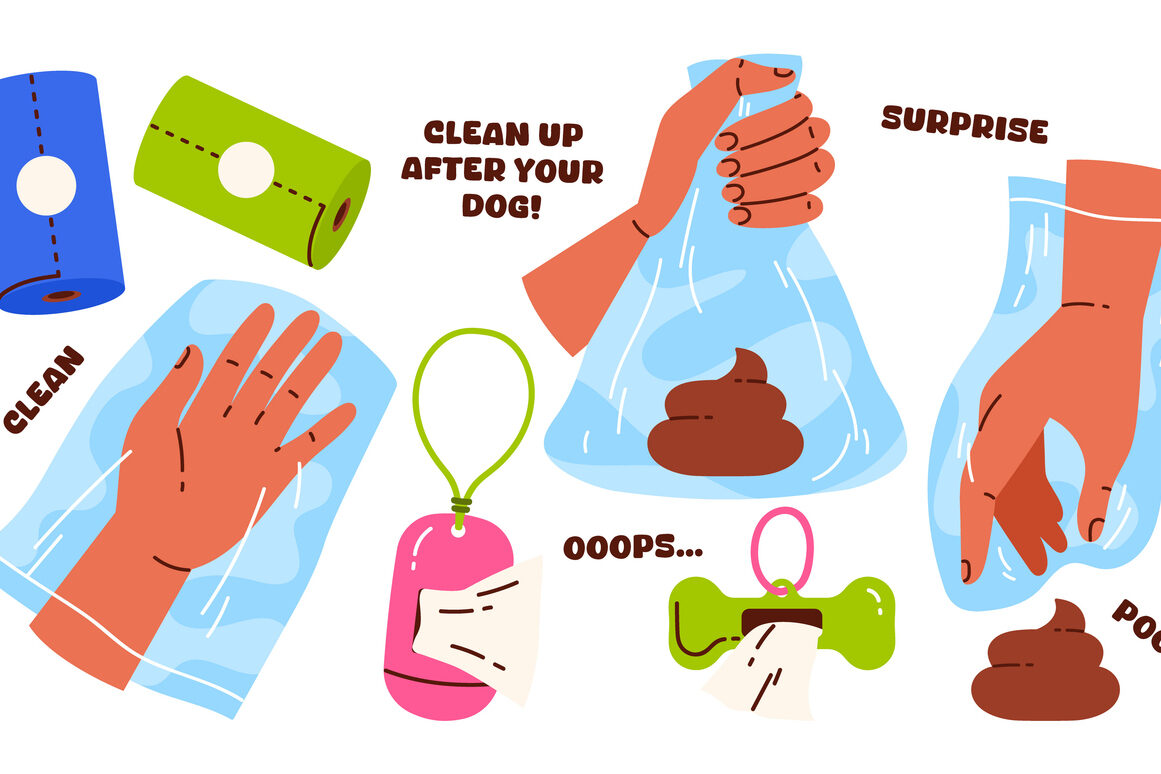
Pet ownership comes with a surprising amount of waste—plastic toys, synthetic bedding, and tons of packaging that ends up in landfills. But a wave of biodegradable and eco-friendly pet products is turning things around. Companies are now creating everything from compostable poop bags to plant-based pet toys that break down naturally over time.
Even pet food packaging is going green, with brands shifting to compostable or recyclable materials. This shift isn’t just about aesthetics—it’s a crucial step toward making pet care more sustainable. If more pet parents embrace these eco-friendly alternatives, the entire industry could move toward a future with far less environmental impact.
8. Gene Editing Is Rescuing Endangered Species from Extinction
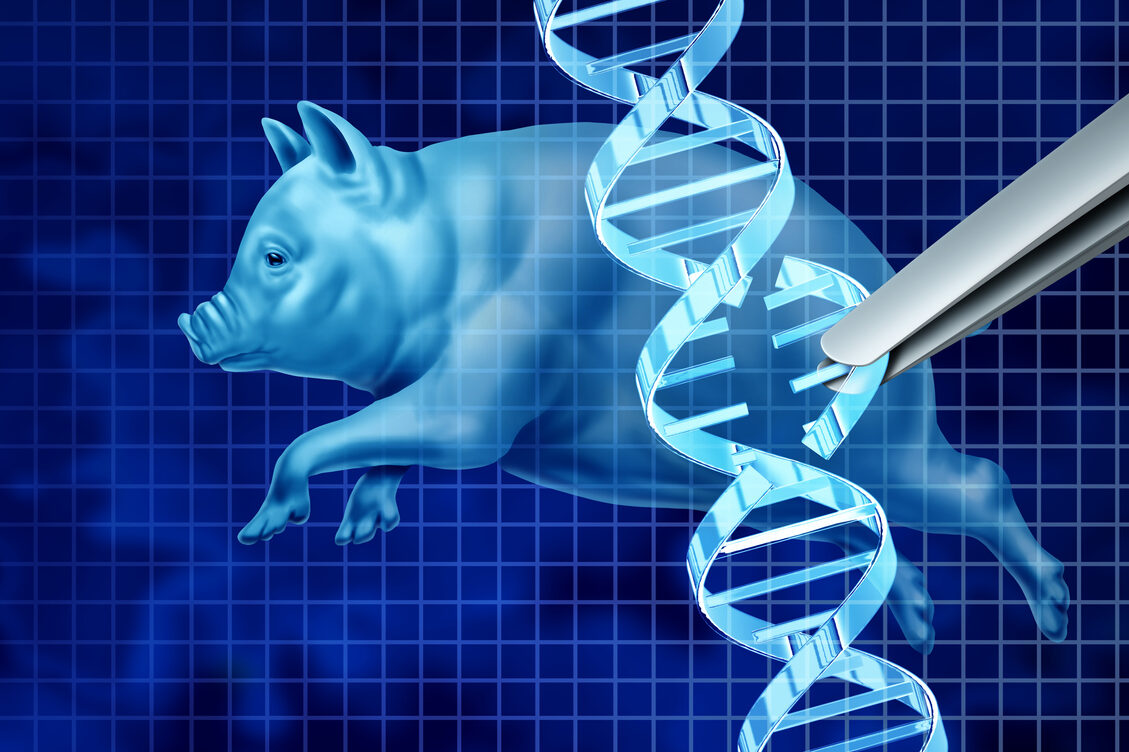
In the world of conservation, scientists are using gene editing to do what once seemed impossible—save endangered species from the brink of extinction. By using tools like CRISPR, researchers can boost genetic diversity, strengthen immune systems, and even help species adapt to changing environments. This technology has already been tested on everything from coral reefs to the endangered black-footed ferret.
The potential of gene editing goes beyond just preventing extinction. Some researchers are exploring ways to bring back species that have already disappeared, like the woolly mammoth. While that concept is still controversial, the ability to repair and strengthen vulnerable animal populations is already proving to be a game-changer for conservation efforts worldwide.
9. Virtual Reality Is Changing How We Train and Interact with Animals
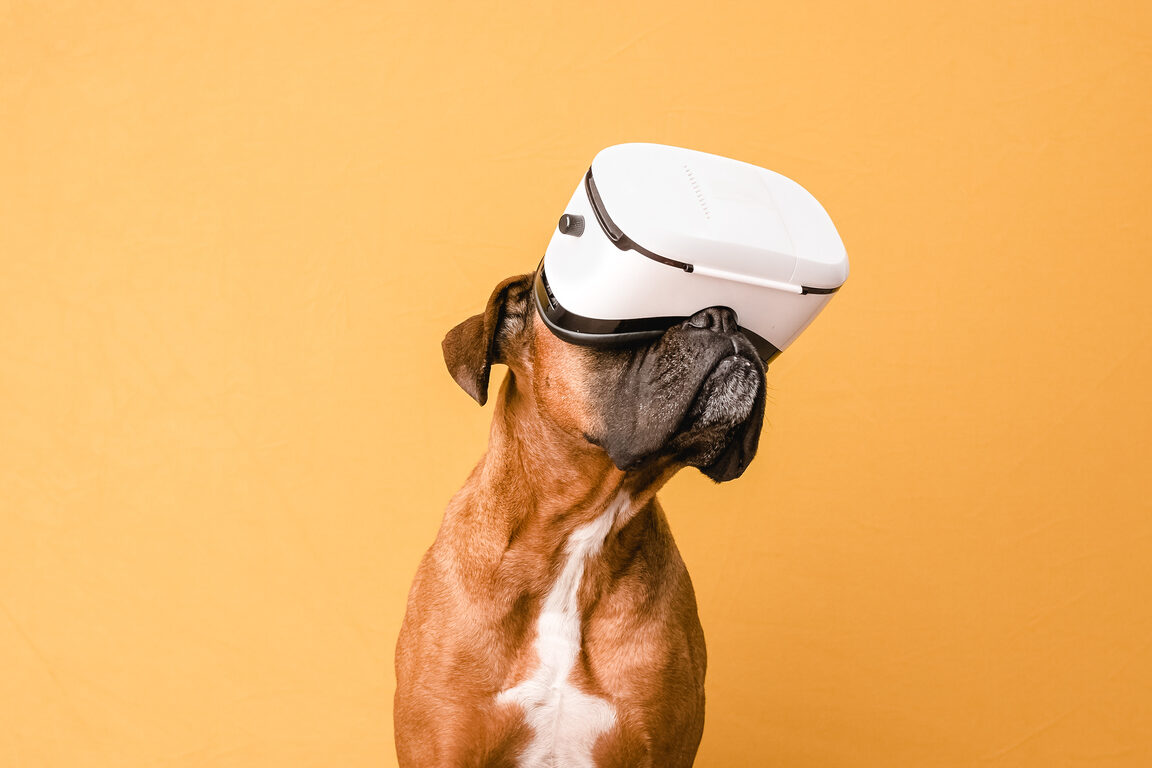
Virtual reality isn’t just for gamers—it’s becoming a powerful tool for both pet training and wildlife conservation. In the pet world, VR is being used to create immersive training experiences that help dogs learn commands, navigate spaces, and even reduce anxiety in new environments. Some vets are even using VR simulations to prepare pets for medical procedures, making visits to the clinic less stressful.
On a larger scale, VR is being used to study and protect wild animals. Conservationists can now explore fragile ecosystems without disturbing them, using virtual simulations to analyze animal behavior and habitat changes. Zoos and wildlife organizations are also using VR to educate the public, allowing people to experience the wild without harming real animal populations.
10. Smart Aquariums and Terrariums Are Revolutionizing Exotic Pet Care
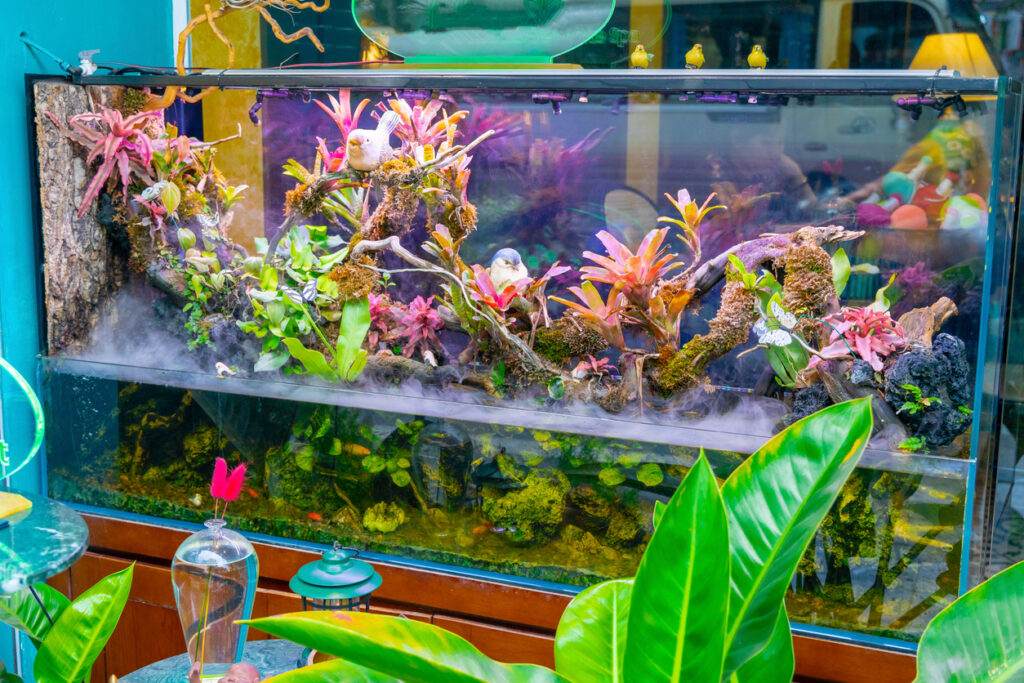
Taking care of fish, reptiles, and amphibians has always been tricky—getting the right temperature, humidity, and water conditions requires constant monitoring. But smart aquariums and terrariums are making exotic pet care easier than ever. These high-tech enclosures come with automated systems that adjust temperature, filter water, and even feed pets on schedule.
For conservation, these innovations mean better breeding programs for endangered species, as scientists can perfectly replicate natural habitats. It also means fewer exotic pets suffering due to improper care. With these advancements, keeping fish, reptiles, and other unique pets is becoming more responsible, sustainable, and stress-free.


